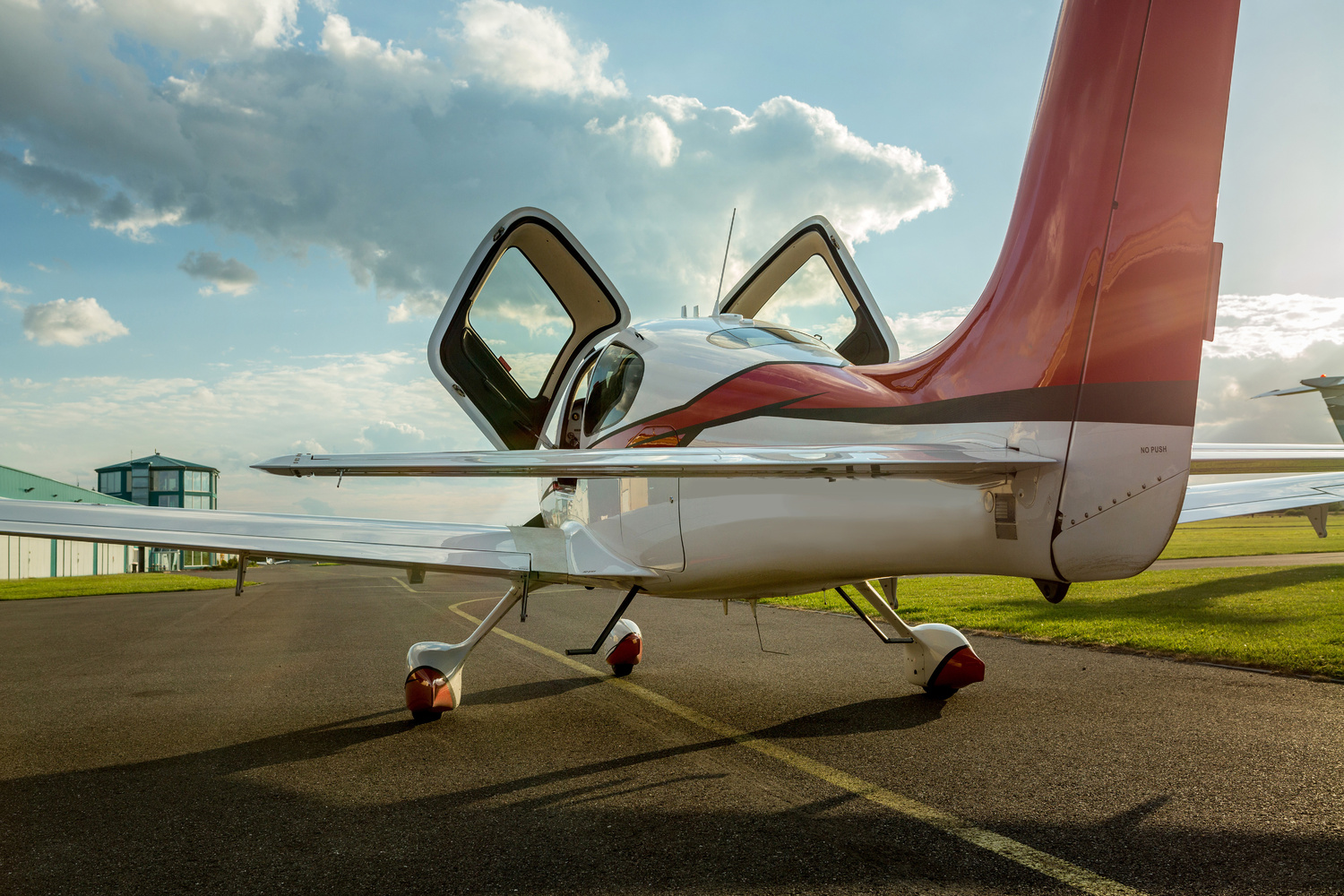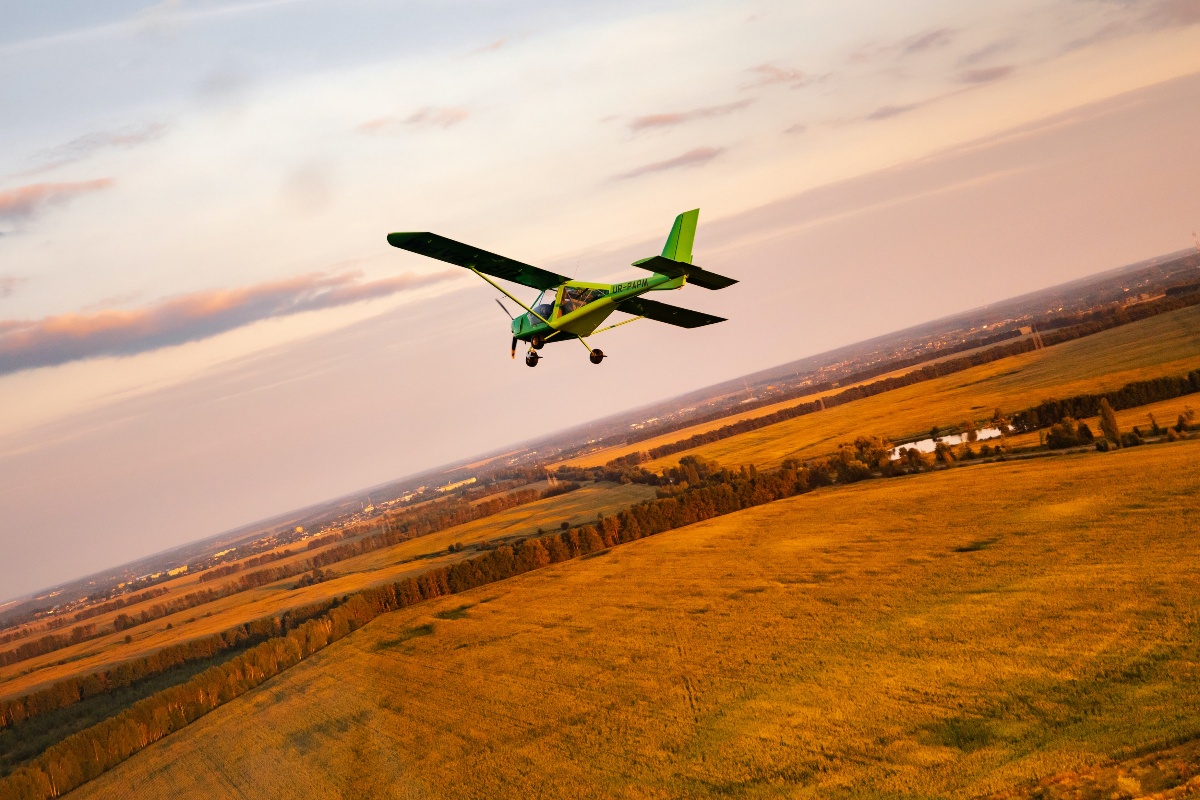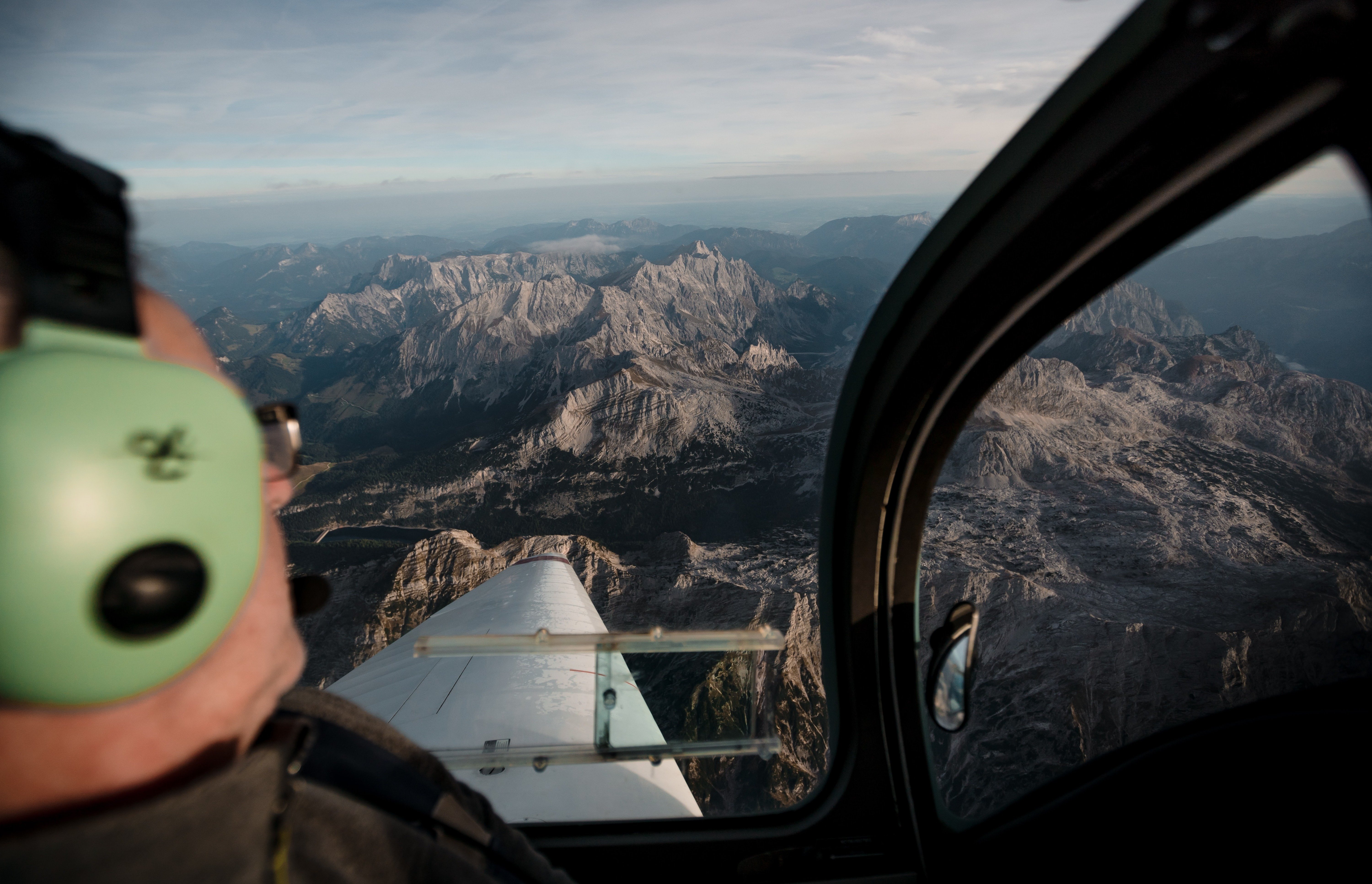Decoding Why General Aviation Pilots Stop Flying
There are many reasons why a pilot may give up flying. We know the typical reasons so well that they’re practically a trope: time and money.
Let’s explore those top causal factors of quitting general aviation, along with a few others, and possible solutions to overcome them and stay in the left seat. You may discover new ideas you have not considered before, not to mention some renewed optimism.
The Cost of Flying
Over the past few years, the financial requirements of flying have escalated dramatically. The ever-increasing price of fuel has become the linchpin of these soaring expenses. As of May 2025, fuel costs continue to rise with seemingly no end in sight, placing significant pressure on every flight hour logged. In tandem with these fuel surcharges, the cost of aircraft maintenance has climbed—a trend driven by rising labor rates and higher-priced parts.
In addition to these direct costs, pilots today face many ancillary expenses, including renting hangar space and tie-down spots and paying fees for landing, facilities, and seemingly random events like “You landed here on a Tuesday.” For many enthusiastic recreational pilots, these escalating costs have forced a hard choice: reduce flying hours and opt for flight-sharing arrangements to economize, or face the daunting reality that their cherished pastime may gradually become unsustainable.
Possible Solutions
- Strategic cost-saving strategies like budgeting carefully and engaging in flight-sharing with fellow pilots can alleviate the financial strain.
- Reassess aircraft selection criteria by weighing the benefits of a desired plane against the price of maintaining it. In some cases, opting for a more affordable model that still meets your needs can translate into both lower ongoing costs and the continued satisfaction of getting into the sky.
- Embrace digital tools to compare fuel prices and maintenance options and even negotiate better deals on hangar space. Knowledge is power when every dollar counts.
Family Financial Priorities
For many pilots, the thrill of flying is at the very top of their personal list of priorities. However, these objectives often clash with shared family or partner interests. The financial commitment required to pursue aviation may seem less justifiable when viewed alongside the potential for family vacations, recreational vehicle adventures, or other group activities that promise broader enjoyment.
Possible Solutions
- Engage in honest conversations with your loved ones about your passion for flying so that they understand its significance. Highlight the enrichment it brings to your life.
- Consider organizing “family fly-in” days or short leisure trips that incorporate flying. Such arrangements can help demonstrate the value of aviation in an inclusive context, turning a solo pastime into an activity everyone enjoys.
- Work with a financial advisor who understands the unique demands of aviation. A well-structured plan might reveal opportunities to balance flying costs with other family expenditures, ensuring that your passion does not undermine broader family goals.
Mishandling Aircraft Upgrades

Not every flight-bound individual is adversely affected by rising expenses but, for many, the financial barriers come in the form of a stark disconnect between the aircraft they desire and those that remain within financial reach. The allure of a high-performance airplane—such as a sparkling new Bonanza—can intensify frustrations when the reality of its price overshadows the dream. What once was an aspirational purchase may become a source of disillusionment when faced with the impracticality of its cost.
Possible Solutions
- Keep abreast of market trends and consider pre-owned options that might offer a balance between capability and cost. Understand that a marginally older model might provide a similar flying experience at a fraction of the price—the allure of a new model need not be the only option.
- Rather than jumping into an all-or-nothing purchase, consider upgrading aspects of your current aircraft. Enhanced avionics or a refurbishment might deliver a renewed flying experience without the massive outlay required for a new model.
- Adopting a long-term financial strategy can help smooth the costs over time. Look into financing options, leasing programs, or community-based ownership models that can democratize access to high-quality aircraft.
Time Constraints
Many pilots are excellent at navigating the skies but find that managing time on the ground can be even more challenging. With busy work schedules, family responsibilities, and social engagements, carving out dedicated time for flying has become increasingly difficult. Decreased flight hours not only stunt skill development but also erode the rhythm essential for building and maintaining confidence.
Possible Solutions
- Embrace flexible planning by tapping into local flying clubs, which often provide shared scheduling and access to aircraft. Digital booking systems can help you reserve flights during weekends or early mornings, times that can better suit your lifestyle.
- When time is limited, focus on quality rather than quantity. Implement goal-oriented training—such as practicing challenging maneuvers or updating emergency procedures from your logbook—to deliver more value per flight hour.
- As with financial constraints, making flying a family affair can help with time constraints as well. Organize scenic, short flights or fly-in days where family members can come along as passengers. This not only maximizes your flight time but also integrates your passion into family life.
The March of Time
As pilots age, physical stamina and health naturally become central concerns. Some may wrestle with a diminishing sense of physical capacity, worrying that their performance might not be as sharp as it once was. This self-doubt can be a major deterrent to logging flight hours, even when all other conditions are favorable.
Possible Solutions
- Keep a close relationship with your aviation medical examiner. Regular check-ups help you gauge your health relative to flying demands, allowing you to adjust your routine or training as needed.
- Rather than avoiding the skies altogether, develop flight plans that account for your current physical state. Shorter, local trips combined with flight simulator sessions can provide a balanced approach to maintaining proficiency without undue stress on your body.
- Some local flying clubs now offer fitness initiatives designed specifically for pilots. These programs can boost stamina and improve reflexes, thus ensuring you remain as confident in the cockpit as in any other activity.
Technological Advancements Over Time
-1.jpeg?width=1500&height=1000&name=AdobeStock_122392024%20(1)-1.jpeg)
Modern general aviation aircraft are equipped with sophisticated digital avionics and automated systems that offer safety and convenience, but they also raise the stakes when it comes to mastering both traditional and modern flying skills. Some pilots feel overwhelmed by the need to continuously learn new technologies and worry that over-reliance on automation could lead to a degradation of classic stick-and-rudder skills. These feelings only compound as pilots age or step away from the flight deck for an extended period.
Possible Solutions
- Commit to recurring courses focused on the latest avionics and digital systems. Many flight schools offer refresher modules that bridge the gap between manual flying techniques and modern cockpit management, ensuring you stay updated without being overwhelmed.
- Use flight simulators periodically to practice manual flying, even if you normally rely on automation. This not only reinforces fundamental skills but also helps you quickly transition back to manual controls in critical situations.
- Engage with a flight instructor or fellow pilots in hands-on training that covers both legacy systems and modern technology. Peer learning sessions can demystify advanced systems while offering collective troubleshooting tips and new strategies for managing the transition.
Lack of Pilot Community
A vibrant, interconnected pilot community is essential for sustaining passion and skill. However, as fewer pilots are actively flying, many experience a sense of isolation. Without regular interaction, the exchange of mentorship and collective troubleshooting suffers, leaving many to feel adrift in their flying journeys.
Possible Solutions
- Whether it’s a local meet-up at your favorite airfield or participation in online forums dedicated to general aviation, investing time in community interactions can offer support, advice, and renewed avenues for training.
- Seek out formal or informal mentorship opportunities. Experienced pilots can provide guidance on everything from technical issues to navigating the business of flying, helping you remain inspired and engaged.
- Organize or participate in group training events where pilots fly, exchange tips, and practice together. Such collective experiences can reintroduce the sense of camaraderie and excitement foundational to the aviation lifestyle.
Weather
Recreational flying is often dampened by unpredictable weather events and rapidly changing environmental conditions. Whether it’s the impact of seasonal shifts or the increased variability attributed to climate change, the uncertainty can make it difficult to maintain a reliable flight schedule.
Possible Solutions
- Beyond pursuing an instrument rating, take advantage of courses that deepen your understanding of meteorology, tailored specifically to pilots. Enhanced weather training enables better flight planning, ensuring that you are prepared for a variety of conditions.
- Utilize advanced weather forecasting apps and onboard digital weather systems to ensure you have the most accurate, real-time information available. This technology supports safer decision-making and more confident departures.
- Schedule flight simulator sessions that mimic severe weather scenarios—ranging from low-visibility conditions to high-turbulence maneuvers. By practicing in a controlled yet realistic simulation environment, you can build resilience and a better grasp of handling adverse weather safely.
Regulations
The world of aviation is governed by a complex web of rules and regulations designed to ensure safety and accountability. However, the administrative burden associated with documentation, maintenance records, and safety compliance can be overwhelming. This can shift focus away from the intrinsic joy of flying, becoming yet another deterrent.
Possible Solutions
- Leverage digital flight logs, maintenance platforms, and regulatory apps that make the paperwork more manageable. Many products on the market are designed to simplify compliance, reducing the time you spend buried in forms.
- Engage with fellow pilots and clubs to share streamlined processes for handling administrative tasks. By pooling knowledge and experiences, you can uncover efficient strategies that work on a local—and sometimes national—scale.
- Get involved with pilot associations, like AOPA, that advocate for regulatory simplification. When collective voices push for easier compliance procedures, it benefits not only individual pilots but the community at large.
The challenges facing recreational pilots are undoubtedly complex, but every challenge harbors a solution waiting to be explored. Whether it’s juggling life’s demands with flexible scheduling, countering the physical and cognitive effects of aging, or bridging the gap between technological advances and traditional skills, there is a clear path forward.
Start by honestly assessing which challenges impact you most. Is it the high cost of flying, the isolation from a dwindling community, or concerns about technological overload? Once you’ve pinpointed your challenges, seek out or create a tailored plan that might include scheduling regular flight simulator sessions, joining a local or online pilot group, or enrolling in a refresher course on modern avionics.
The world of aviation is dynamic. By committing to lifelong learning—whether through formal courses, self-study, or peer mentorship—you position yourself to adapt fluidly to industry changes and personal lifestyle shifts. With an open mind to new technologies, a willingness to engage with supportive communities, and a proactive approach toward continuous learning, you hold the keys to continuing your flying journey.
Share this
You May Also Like
These Related Articles
.png)
When VFR Is Not VFR

The Three Underlying Causes of General Aviation Accidents
